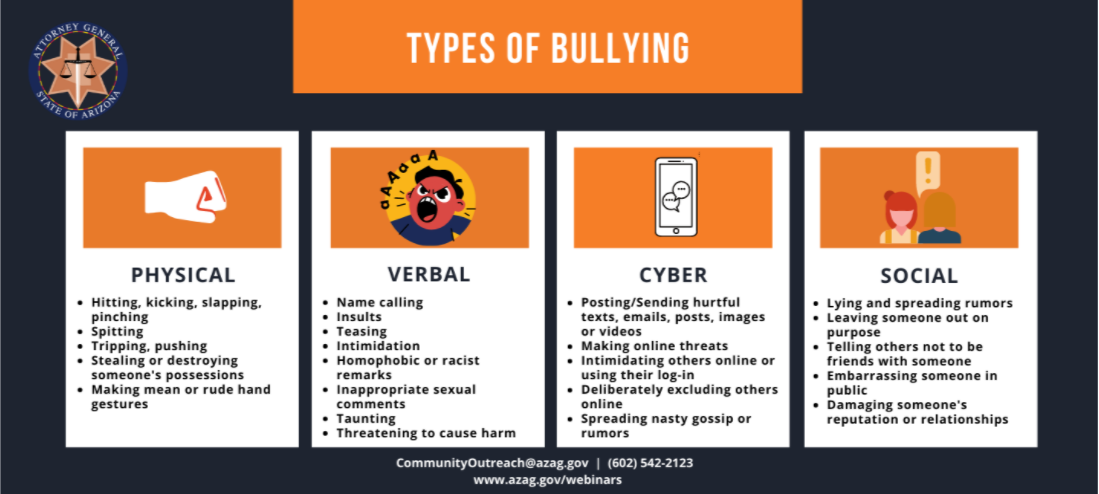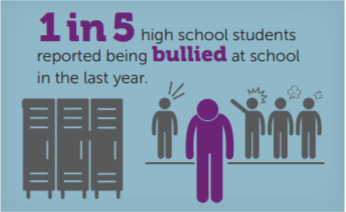
Anti-Bullying Training for Kids: Tom Chiarizia, NIH Civil Program
Stop Bullying
It's Not About Me
To Be or Not to Be Seen
One Good Friend

What Should You Do?- Ways to Be There

Virtual Tour of the NIH Police: Corporal Alvin Maker, NIH Police Officer

